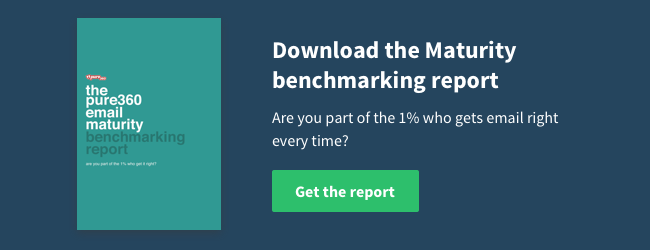Every senior marketer wants to be seen as a thought leader – someone who challenges the status-quo and offers a revolutionary way of thinking that will be adopted by the rest of the industry.
The trouble is it’s pretty hard to get cut-through in today’s thought leadership market – the internet is awash with answers, advice and opinion. Only a quarter of thought leadership content seen every day is engaged with, leaving a lot unread (CMO, 2016).
We take a look at how you can successfully position yourself or a brand as a thought leader – the methods you can use to engage readers and improve your profile in the marketplace.
Challenge the status-quo
According to a recent survey, many think that a lot of content being generated is irrelevant (Grist Survey, 2016). Bland, white noise being produced because businesses or people think they should say something – anything. But in saying just anything you’re doing more harm than good – you gain a reputation for being irrelevant or just plain boring. To make an impact you need to be different, stay something new, original or challenge the status-quo.
Find your niche
One of the main criticisms of today’s content is that it’s just too generic – general comments about well-known subjects. If you produce content on subjects that are too broad then the advice will have been read a thousand times before and readers will quickly click away. Instead, choose a specialist subject – something niche but in demand. Avoid talking about general topics and drill down into a specific area – be obsessive, find out all there is to know and write in detail.
The power of opinions
Voice your real opinions – people want to read original thought even if they don’t necessarily agree with it. Being challenging is more thought-provoking than toeing the party line. It will generate support or start a debate – either way it will capture attention. Just make sure you’re willing to stand by what you say.
Do your research
We’re not just talking about reading as much as possible on the subject – we’re also talking about commissioning research. If you’re looking to attract press then find out what consumers or business really think, believe or struggle with. Make sure it’s original, includes a good sample size and tests an accepted hypothesis. The results will provide a hook for a PR sell-in and insight for you to comment on.
Provide answers
People turn to the internet to ask questions. And with 3.5 billion searches on Google made every day (Internet Live Stats, 2017), there’s plenty of opportunity to provide an answer. People want content that’s useful to them, information they can use to improve their daily lives. Make sure your content is about something that others want to know more about.
Write with passion
Believe what you write. If the subject doesn’t engage you then don’t write about it. Your lack of passion will be obvious to the reader and it will make writing pieces hard work. Choose a subject that fills you with passion and the words will flow freely. If you’re spending hours writing and rewriting then maybe you’re focusing on the wrong subject.
Be succinct
Make content easily digestible. This is especially important if you’re a B2B marketer. According to a recent survey of 200 executives, 300-500 words is the preferred length of articles and blog posts (Grist Survey, 2016). It makes content scannable, readable on the go and easily picked-up when someone has just a few moments to spare.
Lay off the hard-sell
Don’t be tempted to create content with a heavy sales focus. Instead, write about the reader – not about you. People don’t want to be sold to constantly, in fact it makes the advice you are offering seem less trustworthy. Thought leaders are seen as impartial authorities, not sales people.
Get peer reviewed
People are more likely to read content which has been shared. Psychology dictates we automatically assume that if content has been read and recommended by people we classify as similar to us, it will be of interest (CoSchedule, 2014). Make sure you share what you’re writing with your peers, encourage them to comment and share the articles themselves, or even provide a foreword for pieces such as reports or whitepapers.
Network in surprising places
The places where people go to read content might surprise you – especially if you’re working in B2B marketing. According to recent research, Facebook emerges as the social network senior executives are most likely to engage with for thought leadership. Surprisingly Facebook was referenced by 79% of respondents, compared to 73% for Twitter and 68% for LinkedIn (CMO, 2016).
So, if like many professionals you’re planning to blog more this year, then heed this advice. Or if you’re one of the 80% of marketers who are planning to increase your content output (CMO, 2016) then put these pointers into practice. These principles will ensure you create content that’s original, evocative and will travel.
There is room for more thought leaders and for you to find your place. After all the world is constantly evolving so it makes sense that thoughts, opinions and theories will develop alongside it.
So don’t be discouraged if everyone seems to have a blog, social media account and shares or comments on multiple articles each day. Carry on reading, following others and asking questions. Discover your passion and believe in what you write.

